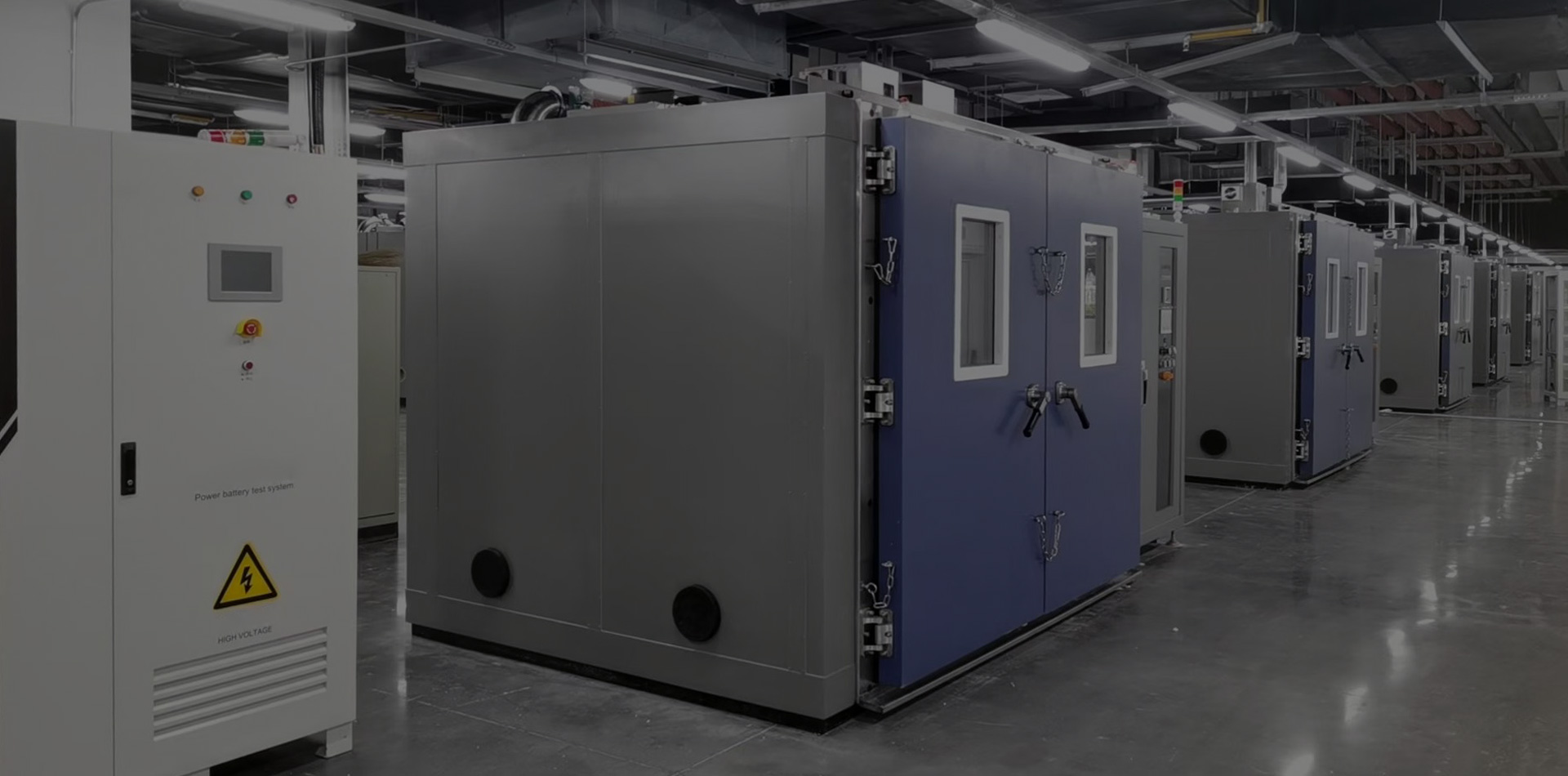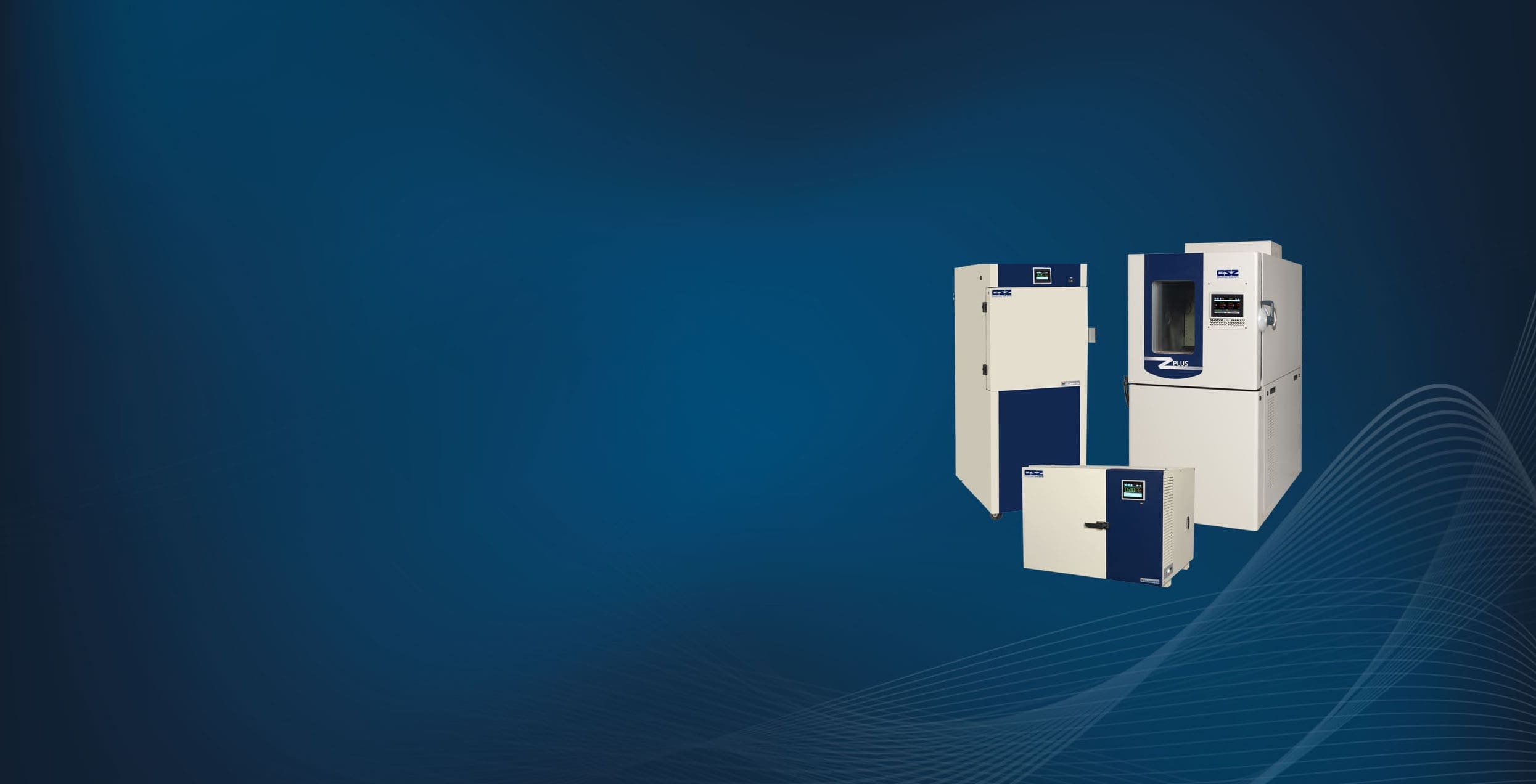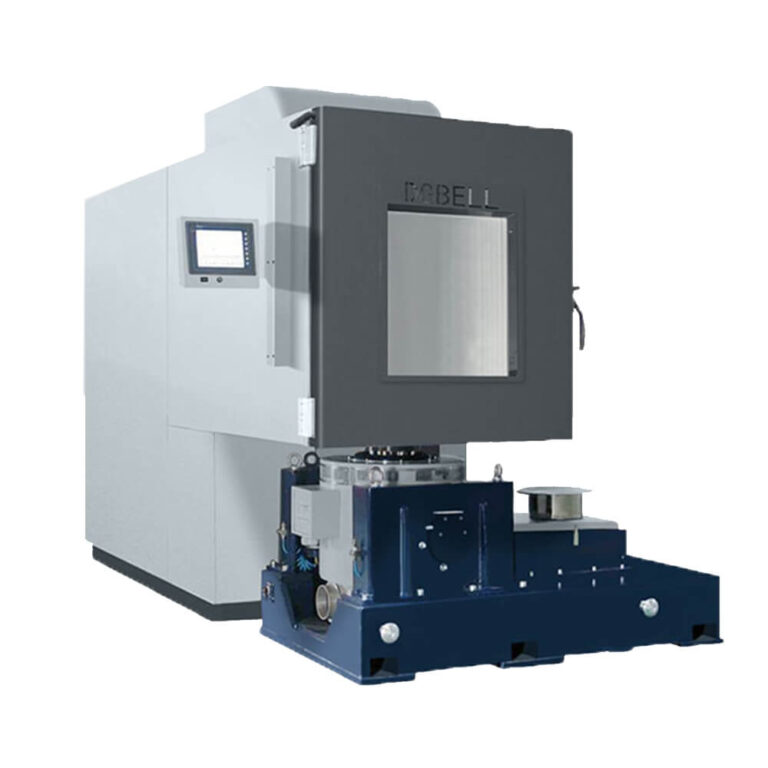When it comes to protecting your product or research experiment, the right environmental test chamber is essential. It can be daunting trying to decide which one is right for you and your application, so we’ve put together this guide to help.
From understanding what an environmental test chamber does and how they differ from regular chambers to comparing features and specifications across different models available on the market – you’ll have all the knowledge needed to make a well-informed decision about which test chamber will suit your needs best. Get ready for a comprehensive overview of everything related to choosing the perfect environmental test chamber!
Identify Your Application Requirements
Identifying your application requirements is key when it comes to selecting the right environmental test chamber. To ensure you choose the best option for your needs, consider how much space you have available and what types of tests need to be conducted.
Additionally, think about what size samples will be tested as well as any other factors such as temperature, humidity levels, or light exposure that may affect the results of your experiments. It’s important to prioritize safety and accuracy so make sure all necessary precautions are taken into account before making a purchase decision.
Consider Environmental Test Chamber Types

When selecting the right environmental test chamber for your application, it is important to consider all types of chambers. There are various types of chambers available, each designed to meet specific needs and requirements. Walk-in rooms provide a large space in which to conduct tests while small room test systems offer a more compact alternative with many features and options. Benchtop units are ideal for testing on a smaller scale or performing precision measurements.
In addition, temperature/humidity control cabinets allow users to control both temperature and humidity levels simultaneously to create desired environmental conditions. Moreover, specialized chambers may be needed depending on the application such as altitude simulation, vibration testing, or corrosion resistance tests. Ultimately, understanding all the different types of environmental test chambers available will help you make an informed decision when choosing the best solution for your application needs.
Assess Size and Capacity Needs
When selecting an environmental test chamber for your application, it is important to assess the size and capacity needs of the product. The size of a chamber should be based on internal volume as well as any length or width restrictions that may be applicable. It is also important to consider what type of equipment will need to fit inside the chamber such as sample racks, carts, and other accessories.
Additionally, determining how many samples can fit in the chamber at one time can help identify which model best meets your needs. When assessing a new model, keep in mind factors like airflow around the samples or access ports needed for probes and cables when considering available space within the chamber. Lastly, examine all options carefully before committing to purchase so you can choose an environmental test chamber perfectly suited for your application’s unique requirements.


